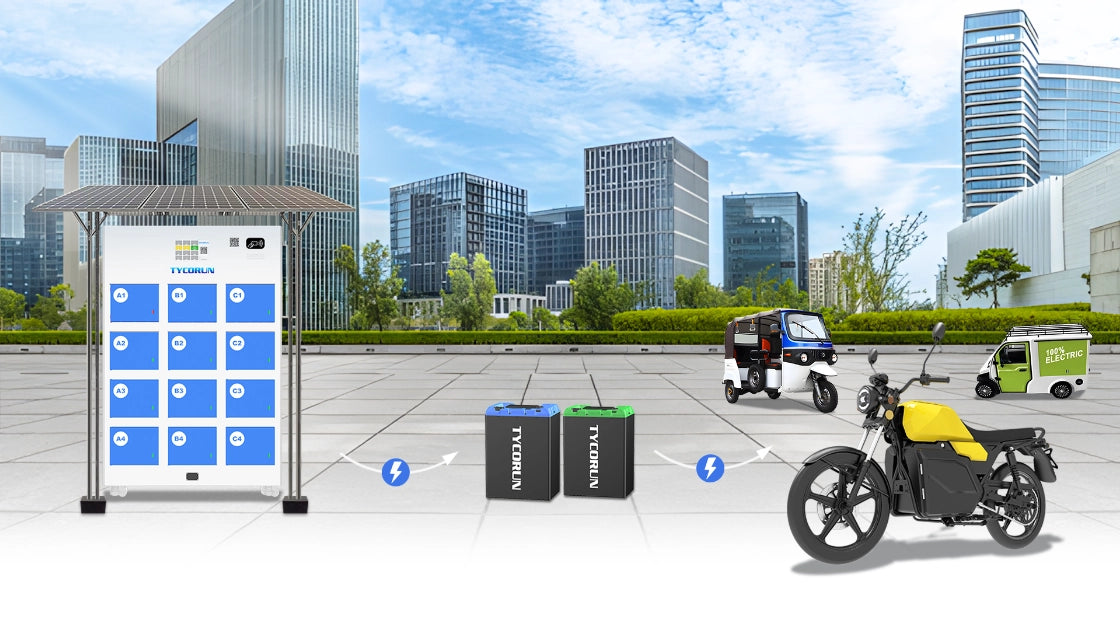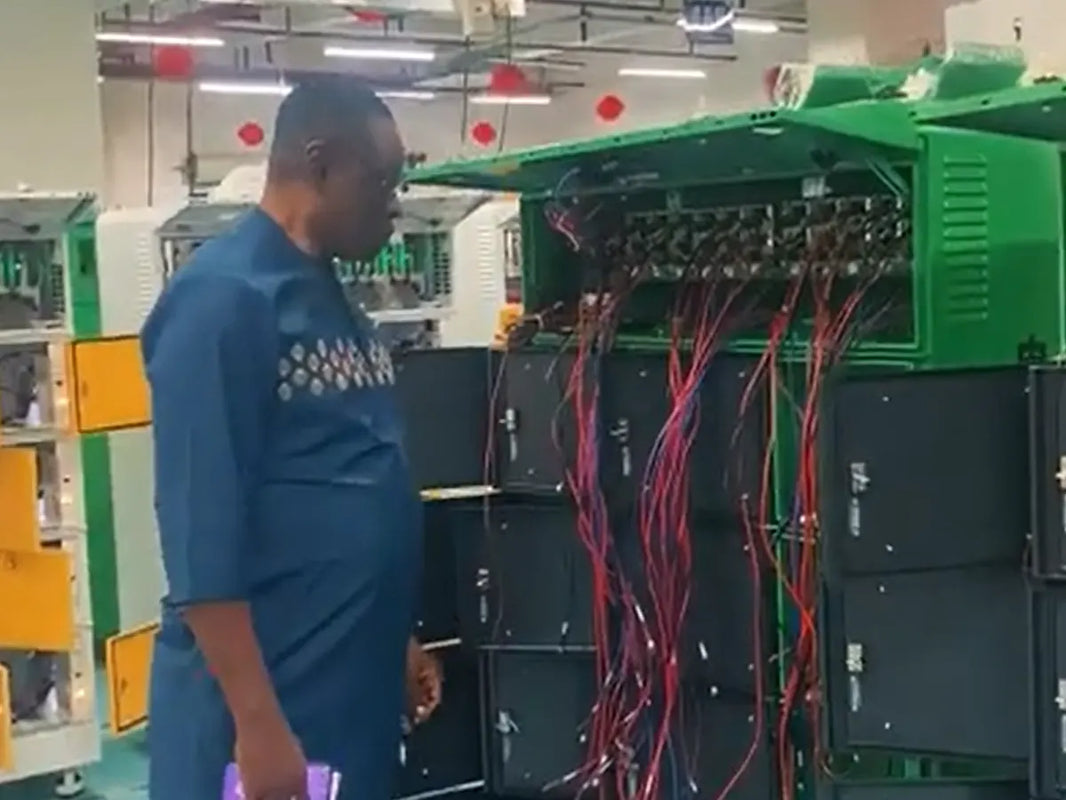
Main content:
- Why Understanding Battery Capacity Matters
- Breaking Down the Basics: mAh vs Wh
- Comparing mAh vs Wh — What Really Matters
- What Do mAh vs Wh Actually Tell You About a Battery?
- Common Misconceptions About Battery Specifications
- How to Choose the Right Battery for Your Needs
- Conclusion: The Smarter Way to Evaluate Batteries
- FAQs
When you buy a smartphone, power bank, e-bike, or even an electric vehicle, you’ve probably noticed specs or marketing slogans boasting about “20,000 mAh large capacity” or “400 km endurance.” While these claims sound impressive, the reality often doesn't match the hype. The reason is simple — most users misunderstand what battery capacity really means.
In the world of batteries, two key units define energy performance: mAh (milliampere-hour) and Wh (watt-hour). These two metrics describe different aspects of a battery’s capability. However, they are frequently confused or used interchangeably, leading to false expectations about runtime and performance.
This article will help you clearly understand mAh vs Wh, why they’re not the same, and how to use them properly when choosing the right battery for your device.
Why Understanding Battery Capacity Matters
Every electronic device you use — from your phone to your electric motorcycle— relies on stored electrical energy. Knowing the difference between mAh vs Wh allows you to interpret technical specifications correctly and make smarter buying decisions.
For instance, two power banks might both claim 10,000mAh capacity, but one might last significantly longer because it operates at a higher voltage. Without understanding what mAh and Wh represent, it’s easy to fall for marketing terms instead of evaluating actual energy performance.
Learning this distinction helps you:
- Compare batteries across brands and devices.
- Estimate real-world runtime accurately.
- Avoid being misled by inflated capacity claims.
Breaking Down the Basics: mAh vs Wh

The abbreviation mAh, or milliampere-hour, measures how much electric charge a battery can supply over time. Technically, it indicates that a battery can deliver a specific current (in milliamperes) for a certain number of hours before depletion.
For example, a 2,000mAh battery can theoretically provide 2,000 milliamperes for one hour, or 1,000 milliamperes for two hours. It’s a simple way to describe how much charge a battery can hold — but not necessarily how much usable energy it can deliver.
Think of mAh as the size of a water tank: it shows how much charge (or “water”) can be stored, not how powerful the output is.
Formula:
mAh = Current (mA) × Discharge Time (hours)
Key takeaways about mAh:
- It represents charge capacity, not total energy.
- It does not factor in the battery’s voltage.
- Two batteries with identical mAh values can still store different amounts of energy if their voltages differ.
This is why mAh vs Wh comparisons are so important — mAh only tells half the story.
Read Lithium-ion battery voltage
Comparing mAh vs Wh — What Really Matters
The key difference between mAh vs Wh lies in what they measure. mAh only considers charge, while Wh includes both charge and voltage — the true determinant of usable energy.
To simplify:
- mAh = amount of stored charge
- Wh = total usable energy
So, when comparing batteries, always convert mAh into Wh to understand which one truly lasts longer. Here’s a quick comparison chart:
What Do mAh vs Wh Actually Tell You About a Battery?
Now that you know what mAh and Wh mean, let’s see how these two units are usually used when talking about batteries and energy.

1. Battery Capacity (How Much Power It Can Store)
When you see mAh (milliampere-hour) on a battery, it tells you how much electric charge the battery can hold. In simple words, it shows how long the battery can keep your device running.
For example, a battery rated at 500mAh can run a device that uses 100mA of current for about 5 hours. The higher the mAh number, the more power the battery can store — and usually, the longer it lasts.
So, if you buy a phone with a 3000mAh battery, it means it could power something that uses 100mA for around 30 hours. But remember — how long a battery lasts also depends on things like how fast your device uses power and how efficiently it discharges energy.
2. Power Consumption (How Much Energy a Device Uses)
Watt-hours (Wh) are used to measure how much power a device uses over time. It shows how many watts a device consumes in one hour.
For example, if a laptop battery says 60Wh, it means it can supply 60 watts of power for one hour, or 30 watts for two hours, depending on how much energy your device draws.
When comparing batteries, checking the Wh helps you know how long a device will run before needing to recharge.
3. Energy Over Time (How Long the Power Lasts)
You might also see companies advertise how many “hours of use” a device offers — like “up to 10 hours of video playback.” This number depends on both mAh and Wh.
Basically:
- mAh shows how much total charge is stored.
- Wh shows how much real energy can be used.
By looking at both numbers together, you can better understand how long a device will last once it’s charged.
Common Misconceptions About Battery Specifications
Many people assume that a higher mAh rating automatically means longer battery life. Unfortunately, that’s not always true. Below are the most common misconceptions when interpreting mAh vs Wh:
- “Higher mAh = Longer Runtime” — Not Always
If two batteries have different voltages, their actual energy differs even if their mAh is identical. The higher the voltage, the greater the energy output.
- Temperature Affects Energy Efficiency
Cold environments can reduce battery voltage and discharge efficiency, which means a battery may deliver less energy even if it has a large mAh rating.
- Exaggerated Marketing Claims
Some low-quality products overstate their mAh values. Without knowing mAh vs Wh, buyers can be tricked into thinking they’re getting a higher-capacity battery than they actually are.
By focusing on both mAh and Wh, you can evaluate performance more accurately and avoid these common pitfalls.
How to Choose the Right Battery for Your Needs
When selecting batteries for any device — from a flashlight to an electric scooter — consider more than just the mAh rating. Here’s a smart checklist to help you make informed decisions:

1. Identify the Usage Scenario
The right battery depends on how and where you’ll use it. A power bank for travel requires high Wh density, while an electric motorcycle battery should have excellent discharge performance and low-temperature resistance.
Check this Low battery temperature for more insight
2. Always Compare in Wh
To make fair comparisons, convert mAh to Wh first. This reveals the real energy available and helps you see through marketing claims.
3. Check Energy Density
Energy density (energy per unit of weight or volume) determines how much power a battery can store for its size. Higher density means longer runtimes without increasing weight. (Read: Battery high energy density)
4. Choose Quality and Certification
Stick to reputable manufacturers that meet safety and performance standards. Cheap batteries often inflate their mAh ratings and use inferior materials.
5. Read Verified Reviews
Look for independent testing or reviews from trusted sources. Real-world performance data often tells you more than spec sheets.
By following these steps and understanding mAh vs Wh, you’ll pick batteries that truly match your expectations.
Conclusion: The Smarter Way to Evaluate Batteries
In short, understanding how to read battery specifications helps you make better choices. The term mAh shows how much charge a battery can store, while Wh tells you how much total energy it can actually deliver. Real battery performance depends on both the capacity (mAh) and the voltage (V). When shopping for batteries, don’t be swayed by big mAh numbers alone — always convert them to Wh to see the real energy output, especially when comparing devices with different voltage levels.
In the discussion of mAh vs Wh, watt-hours (Wh) remain the more scientific and accurate way to measure true battery capacity. Whether you’re choosing a smartphone, a portable power station, or an electric vehicle, checking both values will help you make a smarter and more informed decision. By understanding mAh vs Wh, you can look past marketing claims and focus on what truly matters — getting reliable, efficient, and long-lasting power.
FAQs
Why are batteries measured in mAh, not WH?
Commonly use mAh-hours to measure the size of electrochemical systems , such as electric batteries.
How long will the WH battery last?
The runtime of a Wh (watt-hour) battery depends on how much power your device uses — that is, how many watts (W) it consumes.
How do you convert mAh to Wh?
You can convert mAh to Wh using this formula: Wh = (mAh × V) ÷ 1000 where V is the battery’s voltage. For example, a 10,000 mAh battery at 3.7V equals 37 Wh.
Related Articles: Battery performance, Battery discharge capacity, Battery cycle
















